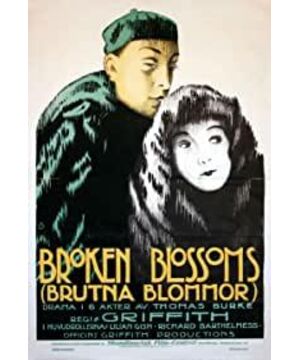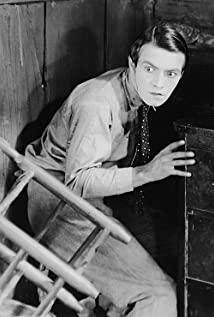For us with impetuous minds, watching such a traditional three-act silent film is definitely a challenge. DW Griffith's uniform drama is reflected in "Fallen Flowers" Incisively and vividly. Compared with the racism that caused major criticism in "The Birth of a Nation", Griffith made timely remedies and corrections in "Party Facing Differences", and in "Withered Flowers", Griffith used it for the first time. A cross-racial love story directly attacked the persecution and discrimination against race in that era.
As "one of the great and fragile screamers in the silent film era," Lillian Gish highlighted her angelic fragile face in Griffith's high-angle lighting and photography. Lucy's slender body, which dared not stand upright, hobbled cautiously on the dirty London streets, adding a bit of pity to the people. In the gloomy and dark scene, the holy light radiated by Lillian Gish made her one of the greatest actresses of the silent film era.
The cross-racial love story in "Fallen Flower" may seem a bit outdated today, but we cannot ignore that era of barbaric human nature. Compared with racial discrimination, cross-racial love is a crime. Although the image of the "yellow race" in the movie still appears rigid and full of prejudice, Griffith's attitude is still open. The tightly integrated theatrical structure that was popular at the time may seem rigid, but the subtitles standing on the moral heights did not blindly preach, but made the whole movie full of kindness and sadness.
View more about Broken Blossoms reviews









